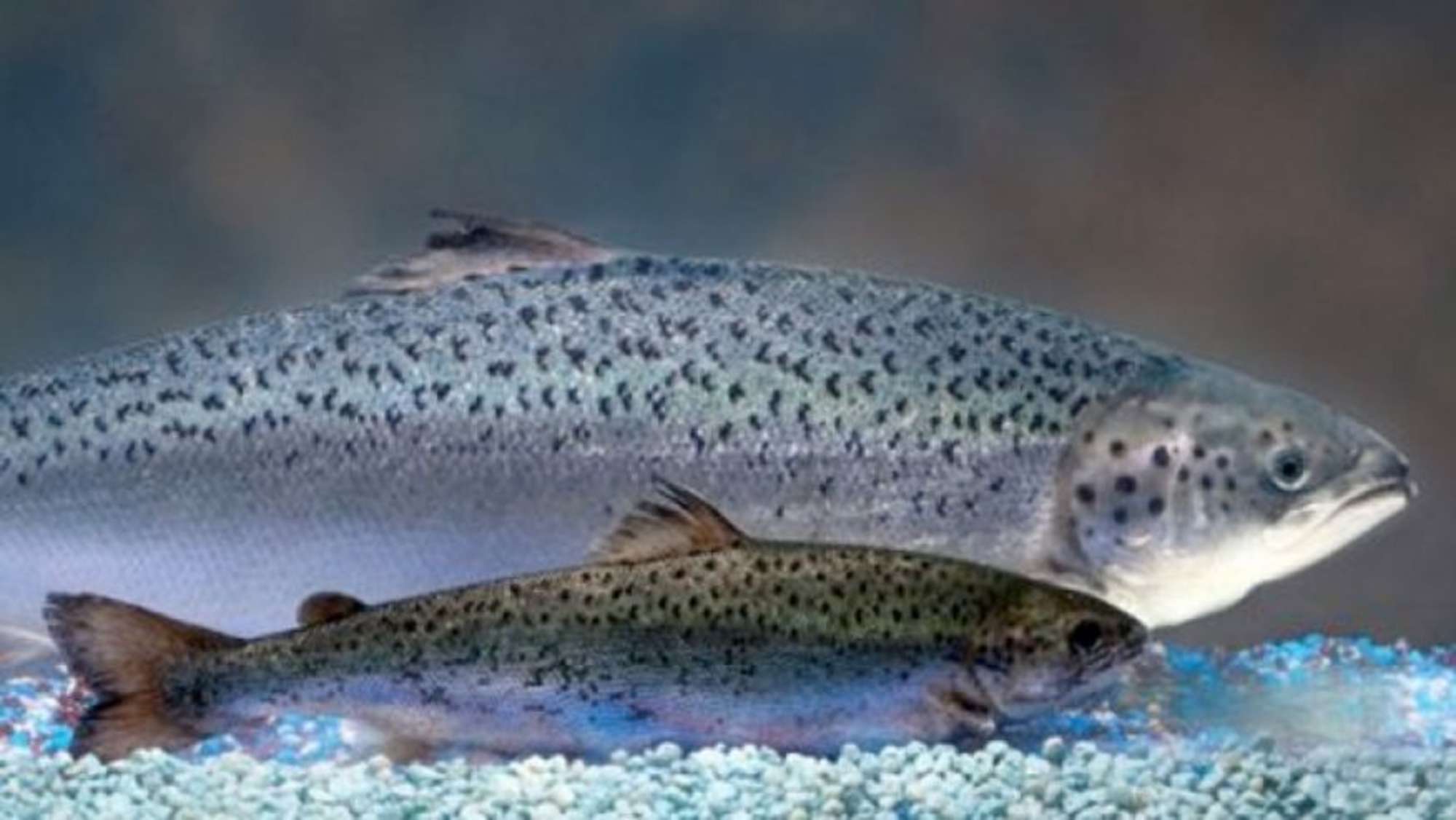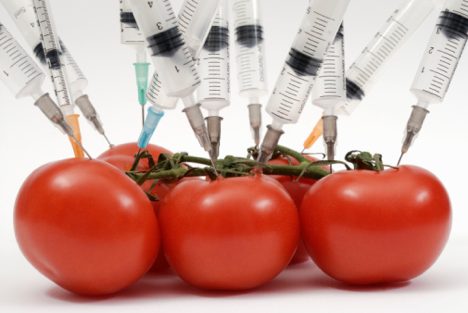Food Revolution?
The news is out, the revolution has begun. The US Food and drug Administration has passed the first ever GM animal for food consumption, and it is a fish.
This week a company gained a license to sell their new breed of GM salmon. It is modified, although it has genes from a different type of salmon, so not as Frankenstein as some other combinations, but that of course does not mean that this will always be the case. But I don’t want to be a scaremonger, they say it is safe (although that is of course based upon the company’s evidence), and so the choice is yours.
The new food is merely a type of Atlantic salmon injected with a gene from Pacific Chinook salmon to make it grow faster, but critics raise questions about safety, possible cross breeding and whether the general public even wants to eat GM fish. Without being too corny though it does raise questions of floodgates. First a cross salmon, then what comes next?
Oh but we can choose of course whether we want to eat it or not. But that requires information. Will it be labelled as a GM food? Well it won’t in the USA. That is because GM produce is viewed by the administration as being nutritionally equal to non GM, and so does not require labelling. Well to be exact it is voluntary. So if you want to sell it as science, advancement in nutrition, the way forward and futurism, you can label it, but if you want to slide it in unnoticed, then Bob’s the word.
Growth
It is about making it quicker and cheaper. A fish that will grow all year round gets bigger in half the time, so you can eat it earlier. You can farm it in tanks near the city, so it cuts down on various environmental pollutants and practices, but of course creates others.
And where to next? Surely in a few years there will be giant cows that grow to adulthood at twice the speed, and maybe sheep with dreadlocks?
Animal farming for foodstuffs is grizzly enough at is is (was), but now maybe we open another chapter.
I don’t want to put any links in this post, a quick search will find what you need. This is merely a personal opinion post, and I would like to hear others. The photo above is quite telling though, they are supposedly salmon of the same age, but one has been modified. Can you guess which one?


